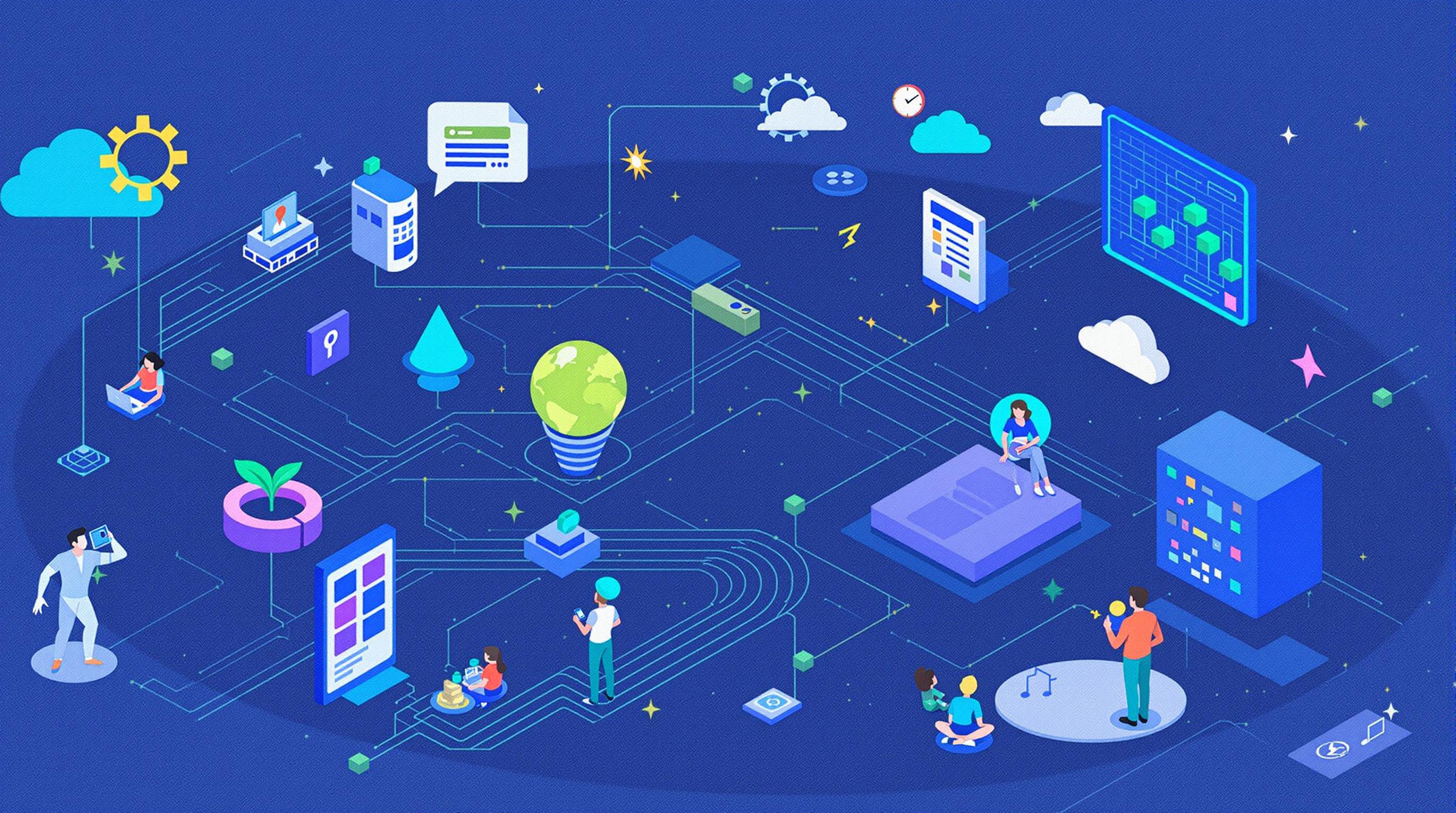Related Articles
- Unconventional Wisdom: Exploring Surprising Influencers Shaping Consumer Trends in 2023's Niche Ecosystems
- Beneath the Surface: Discovering the Unlikely Impact of Micro-Communities on 2023's Consumer Landscape
- Unexpected Catalysts: Exploring the Surprising Forces Influencing Subculture Trends in 2023
- Unmasking Influences: The Unlikely Narratives Behind Today's Obscure Market Trends and Consumer Choices
- The Paradox of Generosity: How Giving Can Lead to Unexpected Financial Gains in Competitive Markets
- The Unexpected Cost of Silence: How Communication Gaps Drain Resources in Organizations
7 Hidden Risks of Serverless Computing That Could Undermine Your Digital Infrastructure and Impact Long-Term Growth
7 Hidden Risks of Serverless Computing That Could Undermine Your Digital Infrastructure and Impact Long-Term Growth
7 Hidden Risks of Serverless Computing That Could Undermine Your Digital Infrastructure and Impact Long-Term Growth
1. Vendor Lock-In
One of the primary concerns with serverless computing is the potential for vendor lock-in. Organizations often rely heavily on a specific cloud service provider's unique functionality, making it challenging to migrate to another platform. This dependency can result in a situation where moving away from the vendor incurs significant costs and logistical challenges.
As businesses grow and their requirements evolve, locked-in solutions may become inadequate. It may be impossible to switch vendors without rewriting portions of the code, leading to increased technical debt and reduced agility. Furthermore, the lack of portability can stifle innovation, as companies may feel constrained by the limitations of their chosen provider.
According to a survey by 451 Research, nearly 72% of IT leaders expressed concerns about cloud provider lock-in, emphasizing the importance of evaluating the long-term implications before fully committing to serverless architectures (451 Research, 2023).
2. Cold Start Latency
Cold start latency is another risk associated with serverless computing. This phenomenon occurs when a serverless function has not been invoked for a period, requiring the cloud provider to initialize a new instance before executing the code. As a result, users may experience noticeable delays, which can undermine the user experience.
For applications requiring rapid responses, such as mobile apps or real-time services, latency introduced by cold starts can lead to user dissatisfaction. Consistent performance is essential for retaining users, and while some mitigations exist, they may increase costs or complexity.
Research indicates that cold starts can increase response times by up to several seconds, significantly affecting applications with heavy user interaction or demanding real-time capabilities (AWS, 2023). Thus, understanding these performance implications is vital for businesses leaning toward serverless architectures.
3. Security Vulnerabilities
Serverless computing can introduce specific security vulnerabilities due to its unique architecture. For instance, the multi-tenant nature of serverless environments increases the risk of data breaches, as various clients share the same underlying resources. Misconfigurations or inadequate permissions can expose sensitive data to unauthorized access.
Moreover, developers often have to manage a more complex security landscape in serverless environments. The rapid deployment cycles typical of serverless can lead to insufficient testing or oversight, heightening the risk of introducing vulnerabilities into production.
A report by McAfee highlights that over 90% of serverless applications tested contained significant security flaws, emphasizing the necessity for organizations to adopt robust security protocols and continuous monitoring practices to safeguard their digital assets (McAfee, 2023).
4. Monitoring and Debugging Challenges
Monitoring and debugging serverless applications can become increasingly complicated due to their distributed nature. Traditional monitoring tools may not adequately capture the performance of serverless functions, making it challenging for developers to identify bottlenecks and troubleshoot issues effectively.
Furthermore, lacking direct server access hampers debugging efforts, which can lead to longer resolution times when problems arise. Organizations may need to invest in specialized tools or services to gain insight into their serverless applications, adding to operational complexity and costs.
According to a report by New Relic, 67% of developers indicate that gaining visibility into serverless architectures is a top challenge for their teams, suggesting that troubleshooting is often a source of frustration in making serverless a sustainable option (New Relic, 2023).
5. Performance Variability
Performance variability is a hidden risk that organizations must consider when adopting serverless computing. While serverless architectures may provide scalability, their performance can fluctuate based on several factors, such as demand spikes or infrastructure changes made by the provider.
This unpredictability can hinder the performance of mission-critical applications that require consistent, high-speed processing. Businesses dependent on serverless solutions for vital functions should be aware of this variability and prepare to implement strategies to mitigate potential impacts.
Research from Google Cloud indicates that up to 55% of serverless applications can experience variable performance due to the nature of cloud resources, urging developers to analyze their application's specific workload characteristics and adjust their architectures accordingly (Google Cloud, 2023).
6. Resource Limits and Quota Restrictions
Serverless platforms often impose resource limits and quotas that can inhibit application performance and functionality. These limits may include execution time, memory usage, and concurrent executions, which can restrict how applications run or scale during peak demand periods.
Bumping into these limitations could lead to application failures or degraded performance, potentially harming user experience and business reputations. Organizations need to conduct a thorough assessment of their workloads and understand the constraints of their chosen serverless provider before deployment.
A research study found that more than 30% of companies encountered issues due to resource limitations on serverless platforms, underlining the critical nature of planning and architecting serverless applications to avoid hitting these caps (Gartner, 2023).
7. Increased Complexity in Development
While serverless computing offers numerous advantages, it may also introduce increased complexity in the development process. Developers must navigate various services, APIs, and architectures unique to serverless, which can be overwhelming, especially for teams accustomed to traditional server-based models.
This complexity can lead to longer development times as teams grapple with integrating multiple components and testing their interactions effectively. Additionally, ensuring that various parts of the application function seamlessly can create challenges that slow down deployment cycles.
Furthermore, organizations may need to invest in training their development teams to familiarize themselves with serverless technologies. A recent survey found that 58% of organizations reported increased complexity in managing serverless applications compared to traditional infrastructures (Forrester, 2023), indicating that careful consideration is necessary for successful implementation.
In conclusion, while serverless computing presents numerous advantages, organizations must remain cognizant of the hidden risks involved. Assessing the potential for vendor lock-in, cold start latency, security vulnerabilities, and performance variability, among other factors, is critical. Through careful planning and strategic implementation, businesses can better harness the benefits of serverless architecture while mitigating associated risks.




